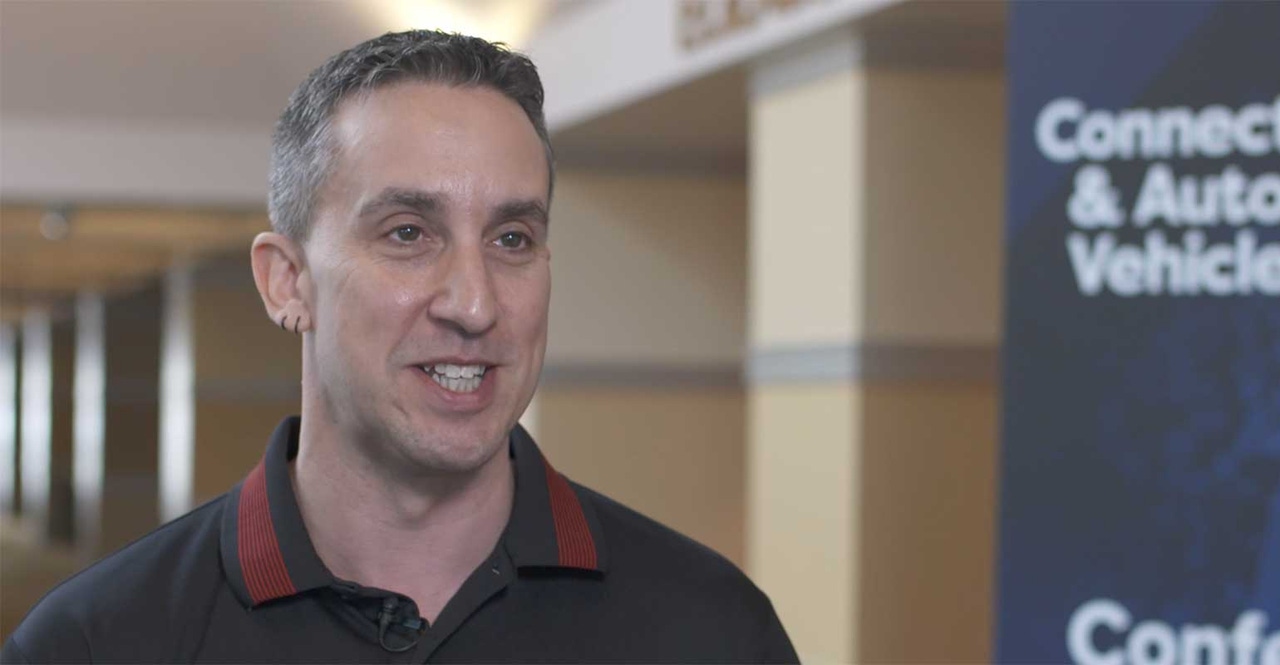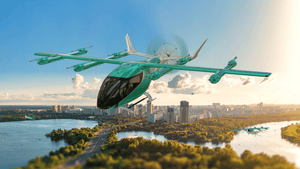The Connected Cars Of The Future
October 24, 2016

Sponsored Content
I recently had the privilege to be part of a conversation that launched on the Voice America Business Channel: The Future of Cars with Game Changers provides an interesting lens through which to view the automobile industry. Presented by SAP, the conversation covered game-changing technologies and disruptive innovations, car-style.
Below is a recap of the first installment of this exciting conversation. In it, experts reflect on the future of automotive engineering. We will also summarize what’s needed to make these possibilities a reality.
Hyperconnectivity and cars
The public imagination is currently afire with the possibilities of driver-less cars. With Industry 4.0 enabling sensors in almost any object, it’s now possible to imagine a connected vehicle that speaks to roads, cities, and other cars.
Hyperconnectivity can transform the auto world long before cars reach the road. Smart manufacturing and smart logistics will influence the auto industry in a big way. Much of this information will come in future episodes, but for now, it’s important to keep a few things in mind.
If you want cars to talk to roads, you must integrate the design of both. If you want to make better, more intelligent vehicles, you need to gather data. And if you want sensors that can gather data, you need to build that into the supply chain. This will impact risk and reward heavily.
But before the automotive industry can truly innovate, all must embrace a new idea of innovation.
A new definition of innovative
Heather Ashton, a research manager at IDC Insights, was another guest on the show. She kicks off the spotlight on innovation with a quote from General Motors CEO and Chairman Mary Barra: “My definition of innovative is providing value to the customer.”
How does this relate to the auto industry? Heather explains, “The customer has to believe that technology is valuable to them. That it provides something they need or want.” It is not enough, in other words, that technology simply be advanced. It must also be useful, ideally in multiple ways. Think driver-less cars, which not only stand to be safer and more efficient, but which can offer a means of personal transportation to the blind.
Otto Schell, Global SAP Business Architect and SAP’s CCO, adds that it’s not enough to innovate in just one area. Any innovation you make must take the entire care into account. That said, he offers the following quote from Henry Ross Perot: “If you see a snake, just kill it; don’t appoint a committee on snakes.”
The takeaway? Innovate in the here and now rather than focusing on what’s come before. But make sure that innovation is meaningful in the present and useful to customers.
To return to Ashton’s quote, it’s all about what the customer will find meaningful. That requires a high degree of digital customer engagement. And that’s a job for technology companies.
Who’s driving technology?
It isn’t only auto companies responsible for new tech in the car world. Increasingly, companies like Google, Uber, and Apple will have a share. These companies won’t be directly involved with the creation of new cars. Instead, they’ll create technology that allows cars to be used in different ways. Think Uber, which allows consumers to engage with the road in such a novel way.
Ashton adds that these companies will ally themselves with car companies, and that we’re seeing some of that already. This kind of digital transformation will rely heavily on data from the customer as well as from sensors. Automotive companies that can use that data most intelligently are likely to be the most successful in future.
Technology will also overtake common aspects of the auto industry that for decades seemed unchanging. Think gas stations manned by drones, says Schell, or drones that deliver gas to your home. As for car ownership, Ashton adds, this will change too. In 15 years, people may stop thinking of cars as something they need to own and start envisioning them as another transportation service.
Sports cars will still exist, for example, even if a consumer does not own one themselves. This may mean a decrease in the number of makes and models available, but that’s okay. Transportation will be increasingly tailored to purpose.
Transportation rehabilitation
The future of the auto industry will also bring many changes in how we currently drive. Consider commuting, which currently takes up a great deal of time for many workers. What if instead cars were routed by magnets? This would enable cars to be both safer and more responsive to road conditions. It could also save commuters a lot of time.
However, I caution that the car is the easy part. Such changes will require much in the way of updated infrastructure, which will be much more challenging.
A shift in mindset can substantially help reduce the challenges that come with the necessary updates to the infrastructure of cities and countries around the world. As long as innovators keep innovating, the future of cars is bound to be much more exciting than it is difficult, and we can’t wait to see what’s next.
This blog appeared originally on http://www.digitalistmag.com/
Larry Stolle

About Larry Stolle
Larry Stolle is the senior global marketing director for the Automotive Industry at SAP. He has over 45 years of experience in the automotive industry with experience, ranging from dealerships to manufacturers and importers to technology companies such as IBM. Stolle currently holds two patents for dealer and manufacturer communications and for quality insights.
You May Also Like






